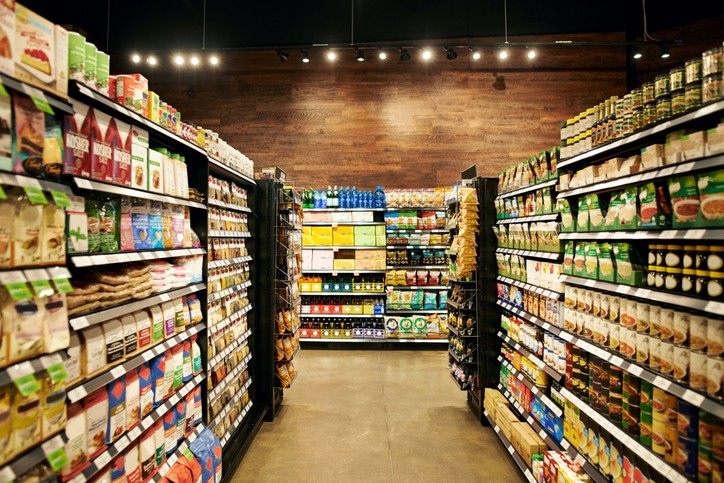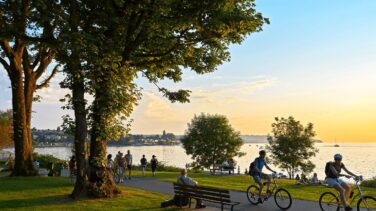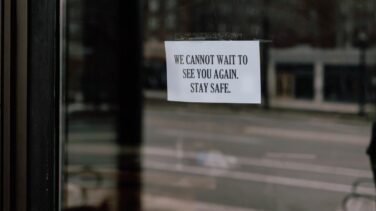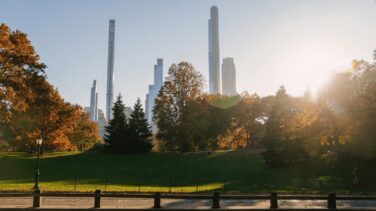
Retail is on many people’s minds this month, at least within the commercial real estate industry. Late May is when developers, investors, retail brokers, and retailers go to Las Vegas to attend the International Council of Shopping Centers’ annual conference. They’re all hoping to figure out just what kinds of retail assets will perform well in the future.
We have some insight to offer. It doesn’t come from fancy-schmancy market research programs. Instead, it comes directly from users of our community engagement platform, which allows residents near proposed developments to weigh in on what should be included. Retail, as you might imagine, is a popular request for mixed-use projects. But what kind of retail? Our customer success representatives report on some general trends:
Grocery stores rule. But not just any grocery stores. In many cases, Whole Foods and its counterparts are deemed too expensive. Many people specifically request affordability. Across our platform, Trader Joe’s tops the wishlist.
Affordability extends to restaurants. coUrbanize commenters aren’t seeking Michelin stars. They want places where they can get a decent meal for a decent price and where they can return again and again.
Pharmacies are second only to grocery stores. Commenters appreciate the convenience, but even though pharmacies are in second place in terms of frequency of requests, second place is far removed from first.
Minority-owned businesses are popular requests. Over the course of the pandemic, we’ve seen much more attention paid to issues of equity and inclusion. That’s why we’re not surprised that more and more commenters are suggesting that developers make an effort to lease space to minority-owned stores.
Banks? Meh. We haven’t seen a great deal of interest in banks. That’s not surprising either, since so much banking is conducted online.
What else?
Some of the comments we see don’t specifically relate to retail but link indirectly to it. For example, open green space is a prized amenity – and one that lends itself to pop-up stores that cater to pedestrians (ice cream, anyone?), or outdoor restaurants. Developers, take note.
Many users express concern about climate change and the environment. The more sustainable the retail, the more likely it will attract customers. Are products recyclable? Does a retailer have a strong ESG mandate? These kinds of considerations will become increasingly significant as the climate crisis persists.
The most important thing we’ve learned over our nearly 10 years in business is that each community is different. What works for one won’t work for another. That’s why hyperlocal outreach is so critical in the planning process. You could spend millions of dollars on market research, or you could go directly to the source and ask area residents what they want. People are not shy, and they’ll be more than happy to share their opinions. You might not always like what they have to say, but if you incorporate their feedback early in the planning process you can eventually present a proposal that meets with not only their approval, but also that of local planning boards.
To conclude: In retail, the customer is always right. In development, the community is always right. So don’t gamble on a community’s response. Go the hyperlocal route and find out specifics. And as for gambling, if that’s what you want to do, Vegas – and ICSC – await.


